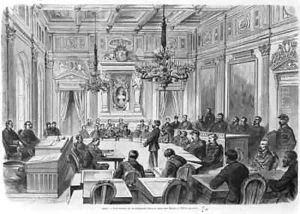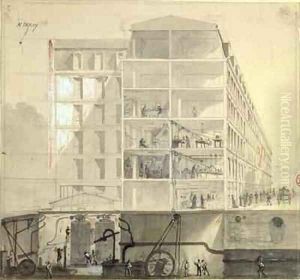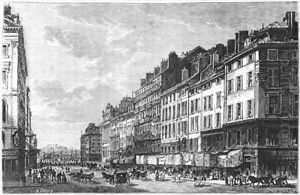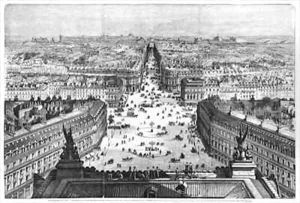Deroy, Auguste Victor Paintings
Auguste Victor Deroy was a French artist, born in 1825, primarily known for his contributions as a lithographer and painter. His body of work is emblematic of the 19th-century European art scene, a period that saw the flourishing of lithography as a popular medium for reproducing artworks and capturing the rapidly changing landscapes of an industrializing continent. Deroy's artistry is marked by a keen attention to detail and a profound appreciation for the natural and urban landscapes, which he rendered with delicate precision and a nuanced palette.
Trained in the arts from a young age, Deroy's early career was significantly influenced by the prevailing artistic movements of his time, including Romanticism and later, Realism. These movements emphasized emotional depth, a focus on nature, and a commitment to depicting the social realities of the day, all of which can be seen in Deroy's works. His lithographs, in particular, are noted for their ability to capture the essence of his subjects, from bustling city streets to serene pastoral scenes, with a lifelike quality that was highly sought after.
Throughout his career, Deroy exhibited his works in various salons and galleries, gaining recognition and accolades for his contributions to French art. His landscapes and urban scenes not only serve as historical documents of a bygone era but also showcase his mastery of lithography, a medium that requires both technical skill and artistic vision. Despite the widespread acclaim, Deroy's life and his contributions to art have not been as extensively documented as some of his contemporaries, making him a somewhat enigmatic figure in the annals of art history.
Auguste Victor Deroy passed away in 1906, leaving behind a legacy that continues to be appreciated by art historians and collectors alike. His works remain a testament to the enduring appeal of lithography as an art form and provide valuable insights into the 19th-century landscape, both natural and urban. Deroy's dedication to his craft and his ability to capture the world around him with such fidelity make him a noteworthy figure in the history of French art.



